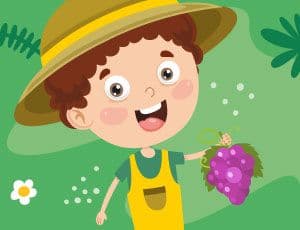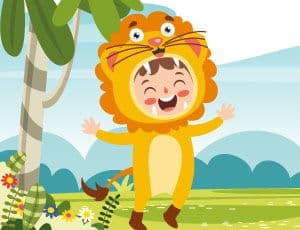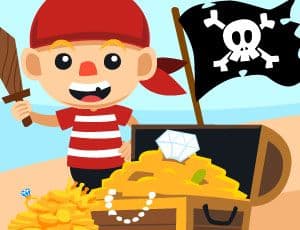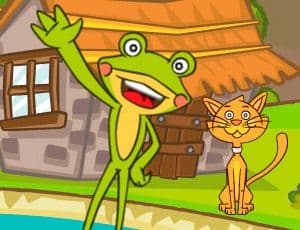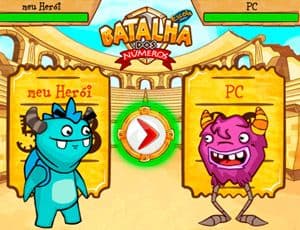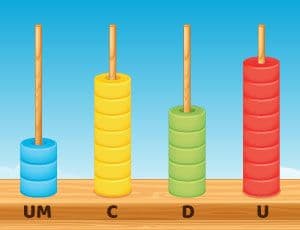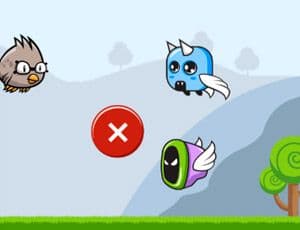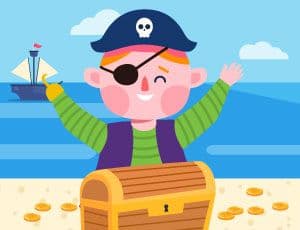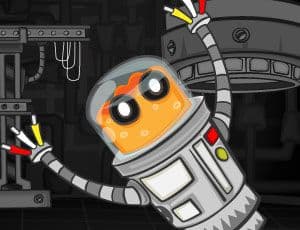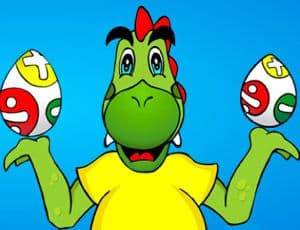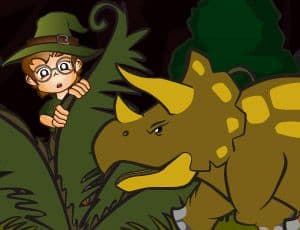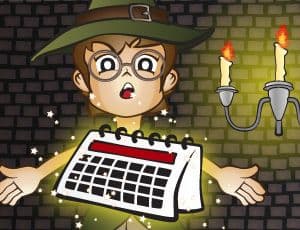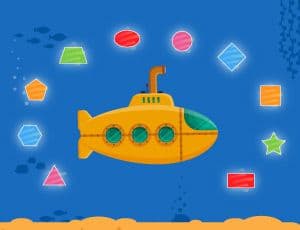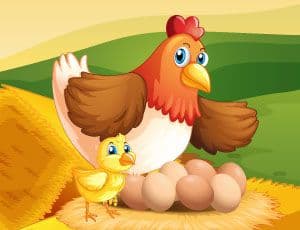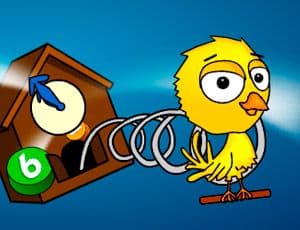Share with your class:
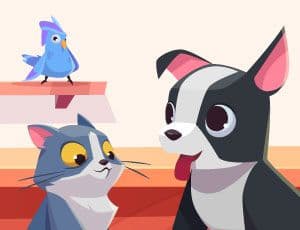
Pet Shop
It is time to go shopping in the Pet Shop!
Your puppy needs food and toys. You need to count the money in your wallet and sum your products. Come have fun shopping and learning mathematics!

Teacher's tips
Teaching level: Kindergarten
Age: 05 to 08 years
If you think that verbal language is exclusive to humans, we want to warn you that this is not the case. The barks, grunts and other sounds that our doggies make, anyway, are full of meanings. Cats and birds, as well as all animals, communicate with people through body positions, noises, so we need to be aware of the behavior of pets. You've probably wondered why your dog flattens its ears, wags its tail or makes certain noises. So, animals have feelings and needs like us humans, they need love and lots of care.
Going to the Pet Shop online will be a great adventure for children and teachers will be able to explore the operations. Performing calculations, playing, will make children experience Mathematics in a playful way. They will spend the money at the Pet Shop setting priorities. That's great! Children's financial education is the teaching process that children go through to learn how to deal with the main variables involving money. Thus, they learn what this resource is, how equity is built, how the price of things is determined, how important it is to organize bills to pay everything on time and so on, in short, they assimilate the need to work to earn money honestly in order to spend, employ, and save. The little ones, then, are gaining autonomy. In addition to financial education, Awakening empathy and love for animals in children will be a highlight of this super fun game. "Compassion for animals is closely linked to goodness of character, and anyone who is cruel to animals cannot be a good man."
Living with animals makes children more sensitive and collaborative. Thinking about this context, teachers can streamline classes with images of various animals and ask children to produce poetic or narrative texts. The important thing is to play the game online and then explore the existing themes, such as respect and care for animals. The doggo's name was suggestive to lead to the Scooby-Doo cartoon. How about, teacher, going back to the past and bringing this animation to classes?!
